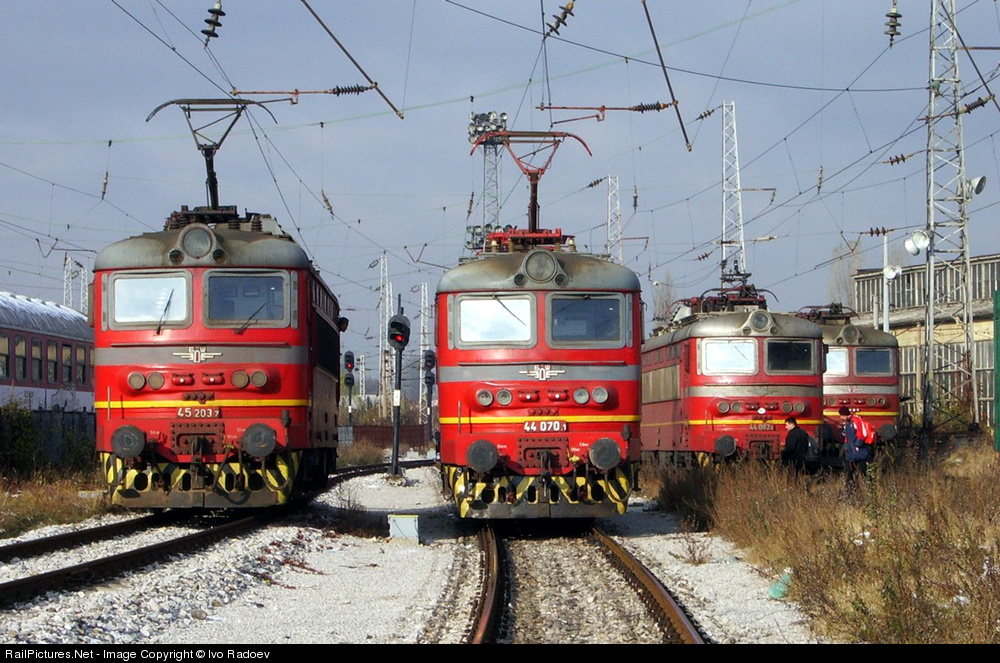
The second phase of the Seoul-Busan high-speed railway connecting the southeastern city of Daegu with the southern port city of Busan was completed on Thursday, reducing the travel time from Seoul to Busan by 22 minutes to two hours and 18 minutes.
Service on the new route will officially begin on Monday at 5 a.m. A ceremony Thursday to mark the opening of the new route was attended by Prime Minister Kim Hwang-sik, Minister of Land, Transport and Maritime Affairs Chung Jong-hwan and Busan Mayor Hur Nam-sik.
Service on the new route will officially begin on Monday at 5 a.m. A ceremony Thursday to mark the opening of the new route was attended by Prime Minister Kim Hwang-sik, Minister of Land, Transport and Maritime Affairs Chung Jong-hwan and Busan Mayor Hur Nam-sik.
Construction of the new route began eight years ago and a total of W7.95 trillion (US$1=W1,117) was spent on the project. Now the entire 417.5 km high-speed railway has been completed 19 years since construction started at a total cost of W20.73 trillion.
"The government plans to boost the role of the railways and reduce dependence on roads and expand the bullet train network so that it is possible to reach any part of the country within an hour and a half," the prime minister said.
With the opening of the new route, the transport ministry expects the number of daily KTX users to rise about 27 percent from 106,000 to 135,000.
"The government plans to boost the role of the railways and reduce dependence on roads and expand the bullet train network so that it is possible to reach any part of the country within an hour and a half," the prime minister said.
With the opening of the new route, the transport ministry expects the number of daily KTX users to rise about 27 percent from 106,000 to 135,000.
source: Chosun





.jpg)





















